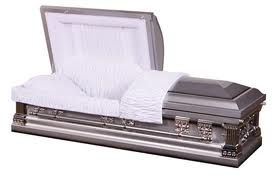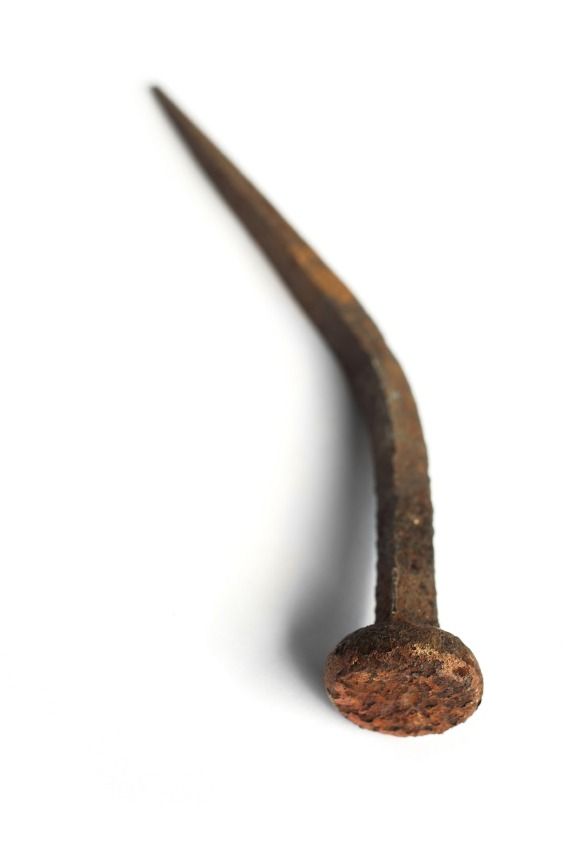“If You Find You Are Riding A Dead Horse The Best Strategy is…
to dismount.”
Archimedes once said, “Give me a lever long enough and I will move the world”
For the last 30 years we have been pushing harder and harder on one and only one lever with diminishing results and it’s time we stopped.
Many of you, dear readers, know that I have been a bible student most of my adult life. The parallel between our behavior and this one lever has always struck me as akin to idol worship. 30 years ago it was amusing. Today it is tragic.
Having said that and before I continue let me be clear: I am NOT pointing a finger of blame. In the context of the times the behavior is fully understandable. Further, both sides to the resulting co-dependent relationship are equally complicit AND should now forge a new and different relationship because they still need each other. (emphasis on different)
Historically, until 1984 and the passage of the infamous FTC rule, society pretty much dictated what you did when someone you loved died. As a result, customers only had two decisions to make: 1. which funeral home; and 2. what merchandise. Everything was SIMPLE. Then everything changed. Not just because of the FTC. That was only a facilitative event. Because society lost its ability to cause conformity. Seemingly people could make alternative choices (including nothing at all) with no apparent ill effects. We began to experience our now increasing decline in relevancy.
Because customers only had one decision to make once they had selected a funeral home there was only one financial lever available with which to impact revenue. This:
Of course you can also increase volume. But that can take years because the public continues to stubbornly refuse to die at our convenience.
From this single lever grew a “co-dependent” relationship that is also understandable. Tacitly, manufacturers agreed to make practitioners their sole source of distribution and practitioners developed an over reliance (dependence) on the manufacturer for strategic direction. That was great when their challenges and goals were aligned. Unfortunately, that is no longer true. So, for 30 years now we have responded to a market turning away from traditional burial by pushing harder and harder on the one lever. This may be what has caused the cremation rate to spike by 250% in 2008. Who knows?
This is where the idol parallel strikes me. Families today don’t know what they want or need! To meet this challenge requires people skills. Skills like listening, guiding, teaching, relationship and trust building. To paraphrase god, “your idols cannot speak, they cannot listen, they cannot guide.” In fact, if they have any influence at all it is mostly negative.
Should the casket companies close up and go home? Should we stop selling caskets? Emphatically NO! But the question is begged:
“How is pushing so hard on that lever working for you?”
Instead a new alliance should be formed. Caskets need to take their rightful place as merchandise we sell…not “what we are.” We need, as a profession, to realize that we offer something valuable to society. For all of history mankind has demonstrated consistent needs when dealing with loss. Our current society is ignoring those needs but that doesn’t make them any less real. Replacing our real value to society with a piece of furniture only encourages that irrelevance. I think that for those who want burial we can do both. For those who want cremation we have a moral obligation to help them understand their needs. That means that instead of investing in a new selection room you need to invest in training.
I know both the funeral director side and the vendor side. The casket obsession has impaired the ability to adapt on both sides. U.S. vendors are severely hampered by their inability to become efficient both in distribution and in manufacturing by simple things that wouldn’t exist outside a co-dependent relationship. For instance, they have all realized that they would be dramatically better off by limiting the number of SKU’s they carry. At a recent supplier sales meeting I assured them there was not a funeral director in the country that wouldn’t support a reduction if it would hold down wholesale costs “AS LONG AS THEY CONTINUED TO SUPPLY THEIR FAVORITES.”
We are both (vendors and practitioners) in the same boat. It’s sinking. We should talk.
But maybe I am wrong. Maybe a box can replace a caring ear, an experienced word of wisdom.



















